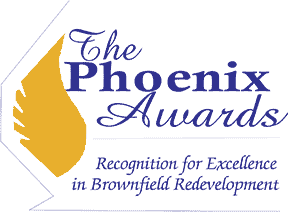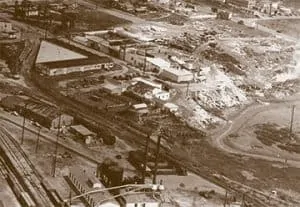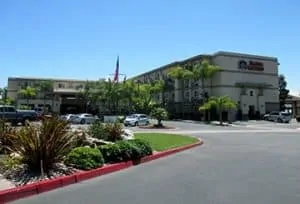



Undocumented refuse was historically placed and burned along the edge of Paradise Marsh, resulting in an extensive deposit of undocumented fill, termed a historical burn dump. The threat of landfill discharge to the Marsh posed a significant challenge to redevelop this vacant Brownfields site.
The site was successfully revitalized on time and on budget. SCS started by developing the remediation strategy which includes grading/terracing, excavation, and off-site disposal, importing or relocating on-site soils, buffer zone revegetation, and stormwater runoff controls.

SCS worked closely with the Cal-EPA designated lead agency, the County of San Diego Department of Environmental Health (DEH), as well as the US Fish and Wildlife Service (USFW), RWQCB, and DTSC to have master work plans approved by all the appropriate and involved agencies.
SCS worked with the California Integrated Waste Management Board to secure funding to assist with stabilization and isolation of burn fill materials from sensitive receptors, including nearby marsh flora and fauna. The final task was to implement post-remedial groundwater monitoring in collaboration with USFW for the continued health and safety of the marsh.
Technical components include:
Review and evaluation of multiple and complex data sets from previous reports.
Extensive hydrogeologic and geochemical analysis of brackish groundwater/surface water, including metals and solvents, from the landfill into the marsh/wetland.
Ultra-low detection limit sampling and laboratory methods driven by the ecological risk assessment criteria.
A scoping ecological risk assessment that included a flora and fauna survey of the marsh.
A remedial design, including stabilization and capping of the landfill, which was conducted by the CIWMB as part of an approx. $1,000,000 grant to the City for remediation of the former burn dump.
Brownfields and Remediation Services
Environmental Due Diligence and All Appropriate Inquiries